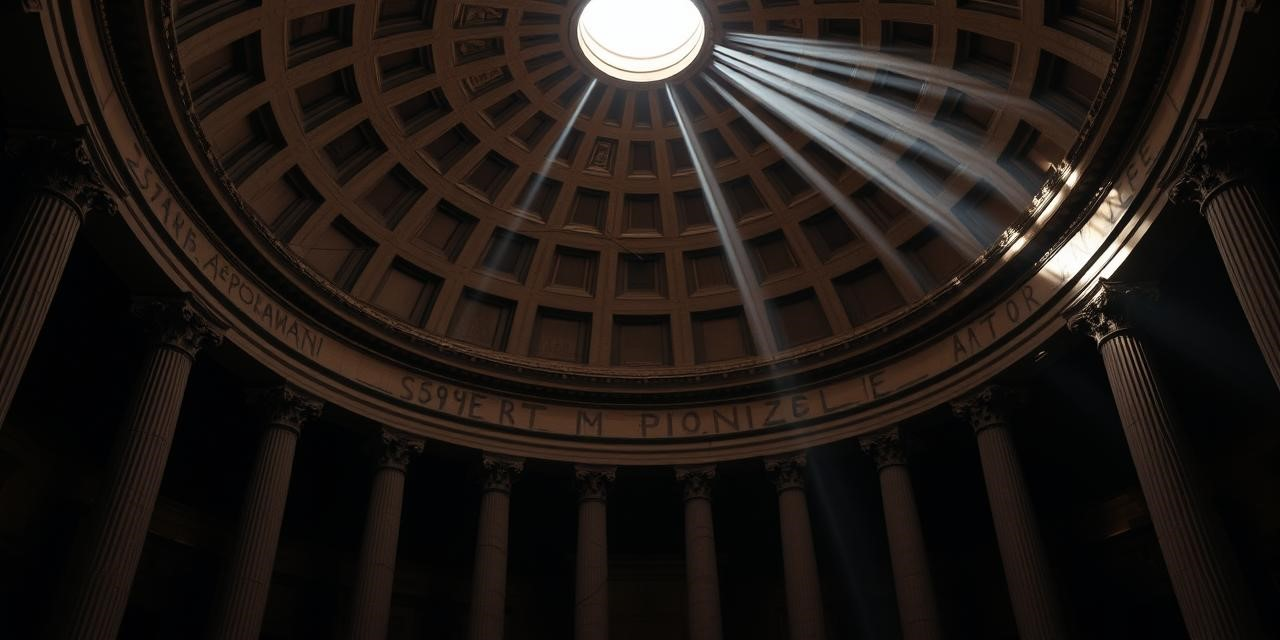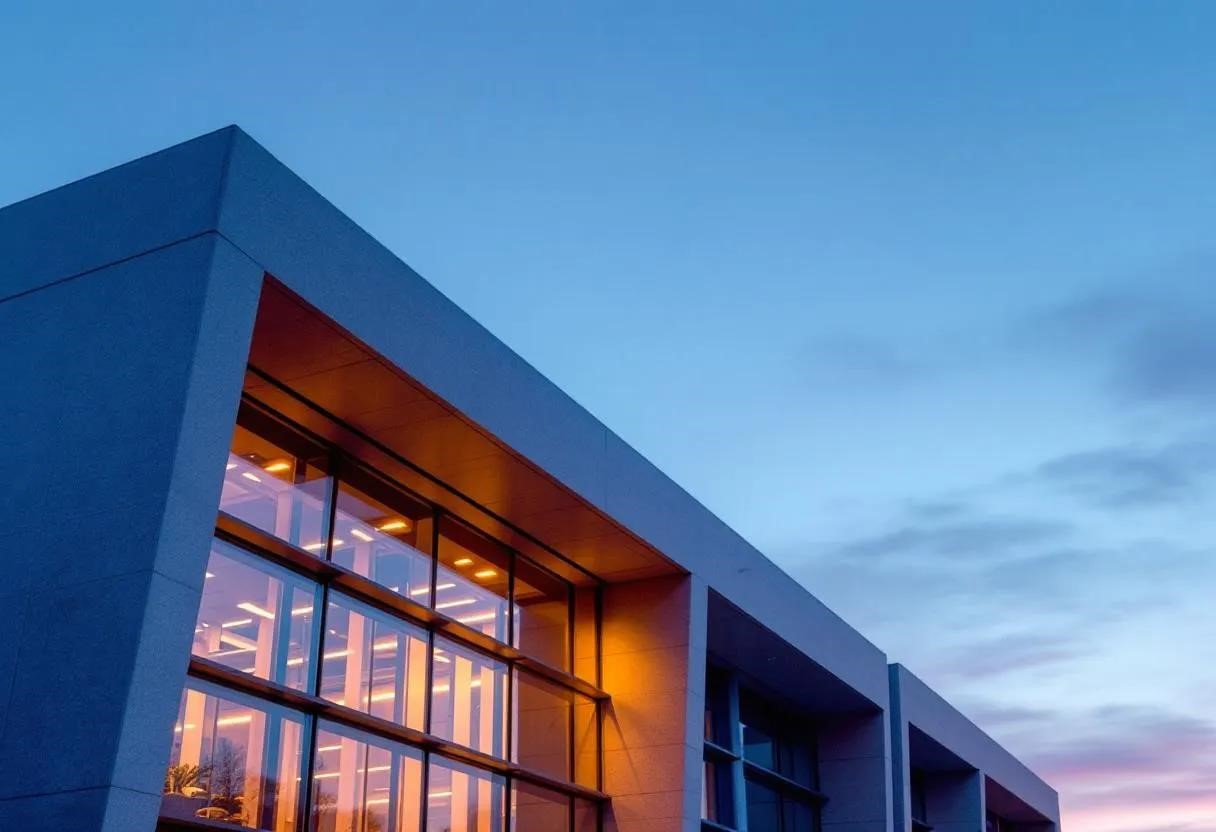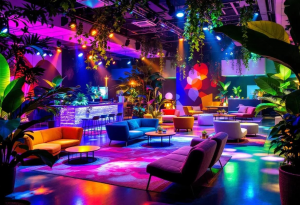Light. It’s everything. More than just seeing, it’s about feeling. As architects, we’re like sculptors, using light to shape spaces, influence how you feel, and ultimately, craft experiences. Think about it: from a grand cathedral to your cozy home, how you use light – both natural and artificial – makes or breaks a design. It’s that invisible force that guides your eye, defines shapes, and breathes life into every building.
From Firelight to Fiber Optics: A Quick History
Can you imagine a world without electric light? For ages, buildings were designed around the sun and flickering flames. Early designs maximized daylight, using thick walls and tiny openings to control heat. The Pantheon in Rome, with its dramatic oculus, is a perfect example. So are the courtyards in Islamic architecture, designed to capture and soften sunlight.

Then came candles, oil lamps, and gaslight, gradually freeing architecture. But the light bulb? That changed everything, allowing total control and sparking entirely new kinds of spaces.
Natural Light: The Soul of a Space
We crave sunlight, don’t we? It’s essential. It regulates our bodies, boosts our mood, and makes us more productive. In architecture, natural light isn’t just about seeing; it’s a dynamic element that changes a space all day long. We use strategies like:
- Orienting buildings to catch the most sunlight.
- Using light shelves to bounce light deeper inside.
- Adding skylights and clerestory windows.
These are key to creating spaces that feel alive and healthy. Think of Alvar Aalto, who used natural light to create spaces that felt both functional and deeply human. That’s the goal.
Artificial Light: Setting the Mood
Natural light is amazing, but artificial lighting gives us the control to create specific moods and highlight cool architectural details.
Think about:
- Spotlights highlighting artwork.
- The warm glow of a fireplace with sconces.
- Uplighting adding drama to a textured wall.
The color, brightness, and design of the fixture all play a part in how a space feels.
Energy Efficiency: A Bright Idea for Sustainability
Let’s face it: sustainable design isn’t optional anymore. Lighting eats up a lot of energy in buildings, so we need efficient solutions. LEDs have been a game-changer, saving energy and lasting longer than old-school bulbs. Smart lighting systems with sensors, timers, and dimming controls take it further, adjusting based on who’s there and how much daylight is available. By using these, we can create beautiful and eco-friendly buildings.
The Psychological Impact: Light and How We Feel
Light affects us more than we think. Sunlight can lift your mood, lower stress, and even sharpen your mind. On the flip side, bad lighting can cause headaches and fatigue. Biophilic design – connecting people with nature – puts a huge emphasis on natural light and views. Design with these ideas in mind, and you’ll create spaces that boost well-being and quality of life.
Think of the calm you feel in a softly lit forest, or the energy you get from a sunny beach. We can bring those feelings into our buildings by carefully choosing the color, brightness, and spread of light.
Biophilic Design: Bringing Nature Inside
We’re wired to connect with nature. Biophilic design makes that connection stronger by bringing natural elements into buildings. Natural light is key, providing a link to the outdoors and boosting well-being. Maximize daylight, frame views of nature, and use natural materials to create spaces that feel more connected to the world around us.
Imagine a workspace filled with light, plants, and a view of a green courtyard. It’s a place that sparks creativity, reduces stress, and improves productivity. That’s the power of biophilic design at work.
Sustainable Practices: Lighting a Greener Path
Sustainable lighting goes beyond just saving energy. It’s about:
- Using eco-friendly materials for fixtures.
- Reducing light pollution.
- Supporting responsible manufacturing.
Choose recycled materials, minimize light shining into the night sky, and support companies that care about the environment. By taking a complete approach to lighting, we can shrink our impact and create buildings that are both beautiful and sustainable.
The Future of Architectural Lighting is Bright
The future is looking bright, with exciting technologies popping up all the time. OLED lighting, which is thin and flexible, lets us integrate light right into building materials. Dynamic lighting systems that adjust color and brightness based on the time of day and who’s using the space are getting smarter. And with AI, we can create lighting experiences that are truly personalized and responsive.
Conclusion: Let There Be (Thoughtful) Light
Light isn’t just practical; it’s a powerful tool that can transform spaces, influence moods, and make life better. By understanding natural and artificial light, using energy-efficient tech, and prioritizing sustainable practices, we can create buildings that are both stunning and responsible. So, let’s keep exploring the art of lighting and create spaces that truly shine.


